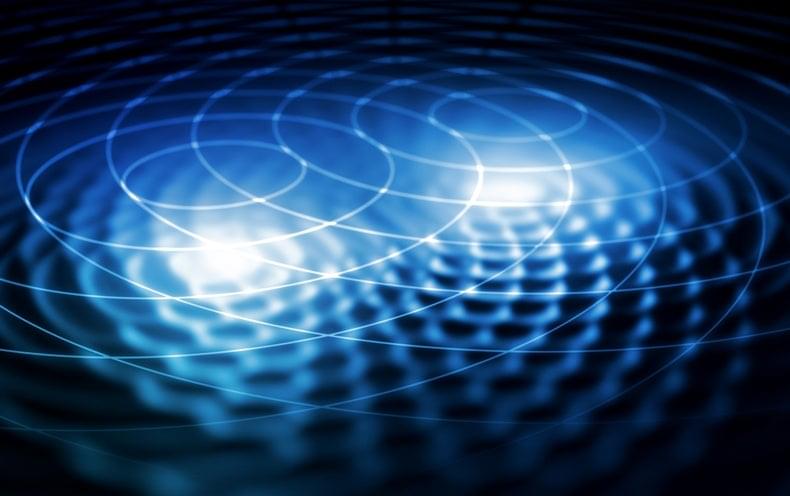In a first, physicists have now found interference between two dissimilar subatomic particles. Researchers made the observation at the Relativistic Heavy Ion Collider (RHIC), a colossal particle accelerator at Long Island’s Brookhaven National Laboratory. The finding broadens the way we understand entanglement and offers new opportunities to use it to study the subatomic world.
“With this new technique, we are able to measure the size and shape of the nucleus to about a tenth of a femtometer, a tenth of the size of an individual proton,” says James Daniel Brandenburg, a physicist at the Ohio State University and a member of RHIC’s STAR experiment, where the new phenomenon was seen. That’s 10 to 100 times more precise than previous measurements of high-energy atomic nuclei.
RHIC is designed to collide heavy ions, such as the nuclei of gold atoms. In this case, though, researchers were interested in near misses, not collisions. As the gold nuclei zing at near light speed through the collider, they create an electromagnetic field that generates photons. When two gold nuclei come close to one another but don’t collide, the photons may ping off the neighboring nuclei. These near misses used to be considered background noise, says STAR collaborator Raghav Kunnawalkam Elayavalli, a physicist at Vanderbilt University. But looking at the close-call events “opened up a whole new field of physics that initially was not accessible,” Kunnawalkam Elayavalli says.
